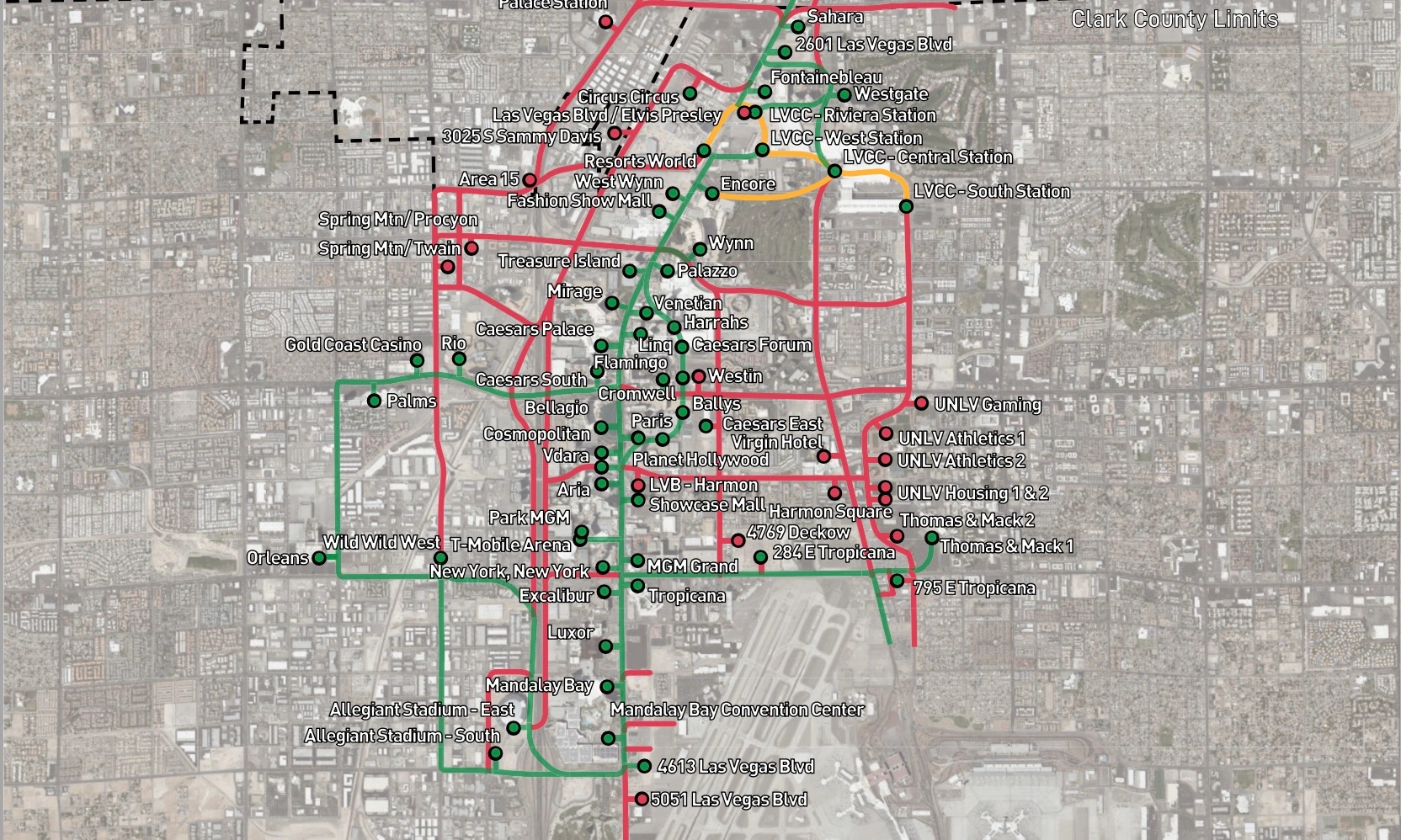
Stellantis, Samsung SDI to Build $2.5 Billion EV Battery Factory in Indiana

Stellantis and Samsung SDI on Tuesday announced plans to build a $2.5 billion USD electric vehicle (EV) battery factory in Kokomo, Indiana.
The factory is expected to be up and running by 2025. It will be located near Stellantis’ existing engine, casting, and transmission plants in the region, where it is investing another $229 million to develop electrified, eight-speed transmissions for its electrification efforts.
Stellantis’ joint venture with the South Korean battery manufacturer will create an estimated 1,400 jobs for the local economy, and the factory could cost up to $3 billion by the time it is complete.
“Just under one year ago, we committed to an aggressive electrification strategy anchored by five gigafactories between Europe and North America,” said Carlos Tavares, CEO of Stellantis, in a statement.
The battery plant will be Stellantis’ first in the U.S. and its fifth worldwide. The automaker also announced a partnership with battery maker LG Energy for a $4.1 billion lithium-ion battery factory in Canada back in March. That plant is slated to start operations in Windsor, Ontario, in 2024.
“We have secured a solid foothold in a rapidly growing North American EV market through the joint venture with Stellantis. We will make sincere efforts to bring satisfaction to the market with top-class quality products in the future, and we will contribute towards meeting the climate change target,” said YOONHO CHOI, chief executive officer of Samsung SDI.
Stellantis is going to invest more than $35 billion in electrification through 2025. Earlier this month, the veteran automaker said it would spend $2.79 billion to retool its Canadian plants for EV production.
The company plans to launch over 75 all-electric models by 2030, including 25 nameplates in the U.S. and Canada. Stellantis aims to transition 100% of its European sales and 50% of its U.S. sales to battery-electric by 2030.
According to Mark Stewart, COO of Stellantis North America, the Indiana battery factory will have an initial annual production capacity of 23 gigawatt-hours, with room to expand output up to 33 gigawatt-hours in the future.

